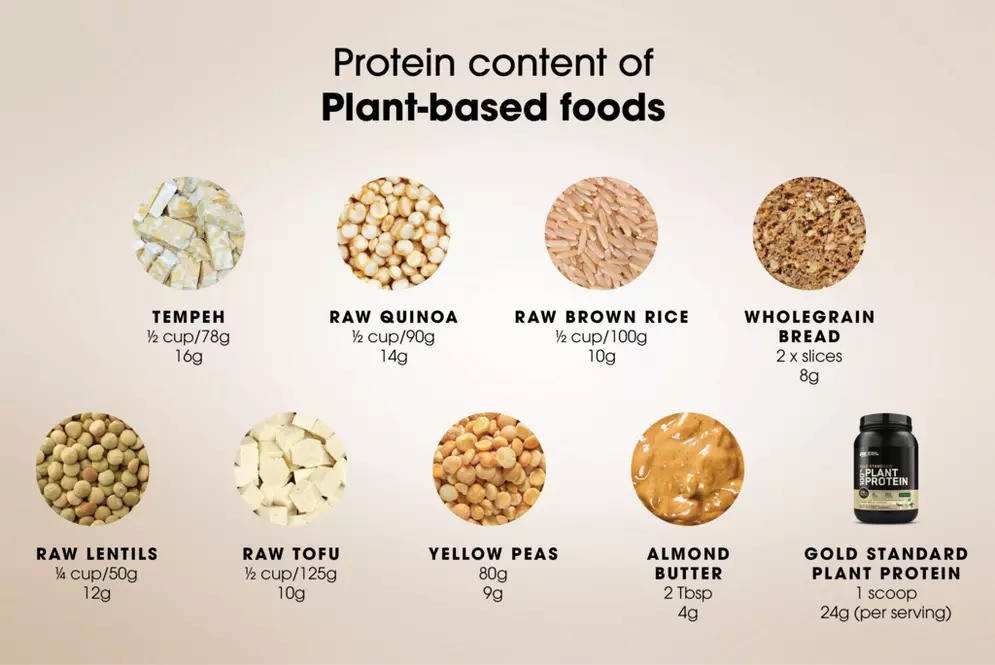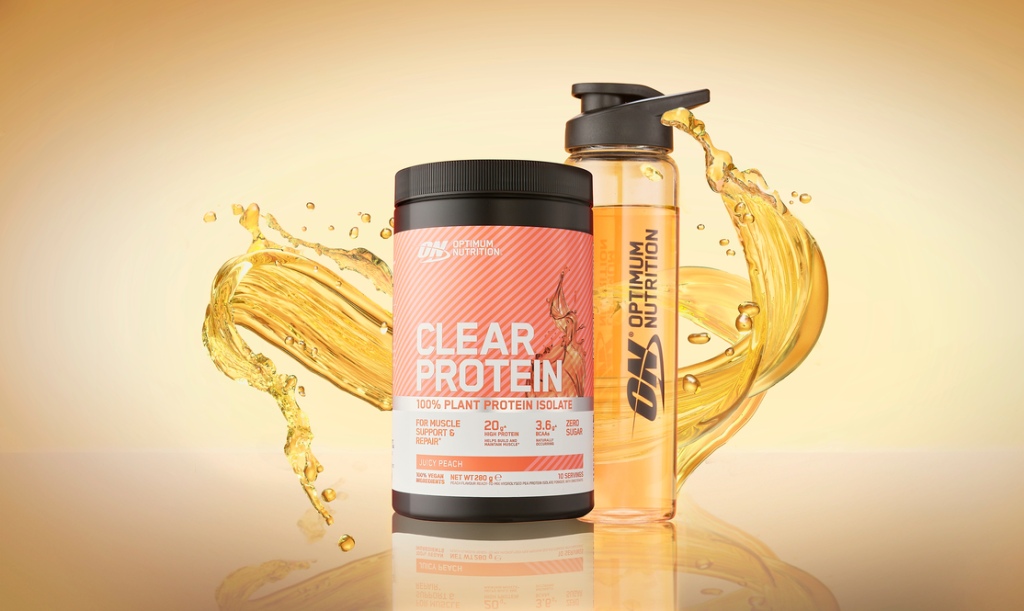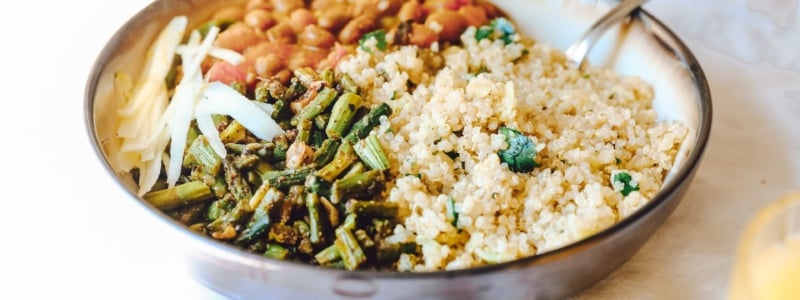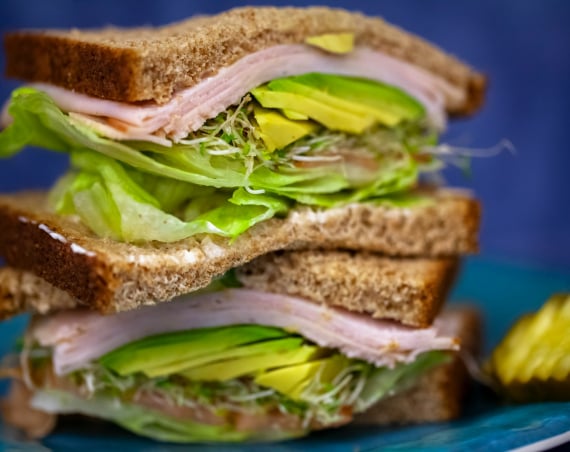It’s one of the questions often asked about a plant-based diet: how can you get enough protein when you’re not eating animal products such as eggs, milk or meat? The answer is that you can – you just have to have to be smart about the sources.
Plant protein is, simply, protein found in plants, such as grains, legumes, nuts and seeds. You get the same benefits as from animal protein.
Whether you’re vegan or simply looking to reduce animal products in your diet, it’s important to know how you can keep a good balance of macronutrients. After all, protein is a key component of a healthy body.
That’s why we’ve partnered with the experts at Optimum Nutrition UK to demystify plant-based protein, explaining how to get enough and setting out the different sources.
What’s the difference between animal and plant protein?
All plants contain protein – it’s just a different level of quality from animal protein.
“Protein is made up of 21 long chains of amino acids, which are joined together in different sequences,” explains Dr Crionna Tobin, Head of Nutrition & Education at Optimum Nutrition. “Each protein has a different amount, type and combination of amino acids depending on what it is and how it works.”
Animal-based proteins contain all 21 amino acids – that’s why they’re known as ‘high quality complete’ protein sources. Plant-based proteins are missing at least one amino acids, which means they’re ‘incomplete’.
However, you can still fulfil your protein quota from plant-based sources. What you need to do is combine different plant proteins in such a way as to ensure you’re getting all 21 amino acids.
Put simply? When it comes to plant-based proteins, variety is key.
“Somehow, even before we had this scientific knowledge, there was global recognition that combining plant-based protein sources such as a grain and a legume is better for optimal protein function,” says Dr Tobin. “This is why in different parts of the globe different tasty combinations of plant-based protein sources are a tradition: red beans and rice in the Caribbean, corn and black beans in South America and soy and rice in Asia.”
Another point to consider is that plant sources contain less protein per serving than animal sources. If you’re following a vegan diet, it’s advisable to eat plenty of protein-rich plants in order to meet your health requirements.
Which plants are high in protein?
People often associate plant-based diets with fruit and vegetables. While those are excellent components, other plants include wholegrains, pulses, legumes, soy products, seeds and nuts.
When it comes to plant-based protein sources, that means you have a lot of choice! Here are some of the highest in protein:
- Quinoa
- Lentils
- Almond butter
- Tempeh
- Tofu
- Yellow peas
- Oats
- Brown rice
- Wholegrain bread

But remember, if a plant isn’t on this list, that doesn’t mean it can’t help you meet your daily protein goals – as we said above, it’s all about variety and combinations.
Where do plant-based protein shakes fit in?

For many years, most protein shakes were based on whey, which is derived from milk. However, with the increased interested in plant-based diets, we’re now seeing more plant-based protein shakes on the market. These are based on protein sources such as pea, brown rice, soybean and wheat.
“Hitting your daily protein targets can be challenging, particularly when those targets are high due to training demands,” says Dr Tobin. “In this instance a plant protein shake is a convenient way to add high quality protein to your diet.”
Fuel your workout or recovery – David Lloyd Clubs members enjoy an exclusive 20% discount with Optimum Nutrition. Simply navigate to the benefits section of the David Lloyd Clubs app to find out more.
Explore more nutrition advice
Should you have a protein shake before or after your workout?
Easy nutrition tips: How to fuel your workouts
Nutritionist-approved ways to stay hydrated
Find a club



